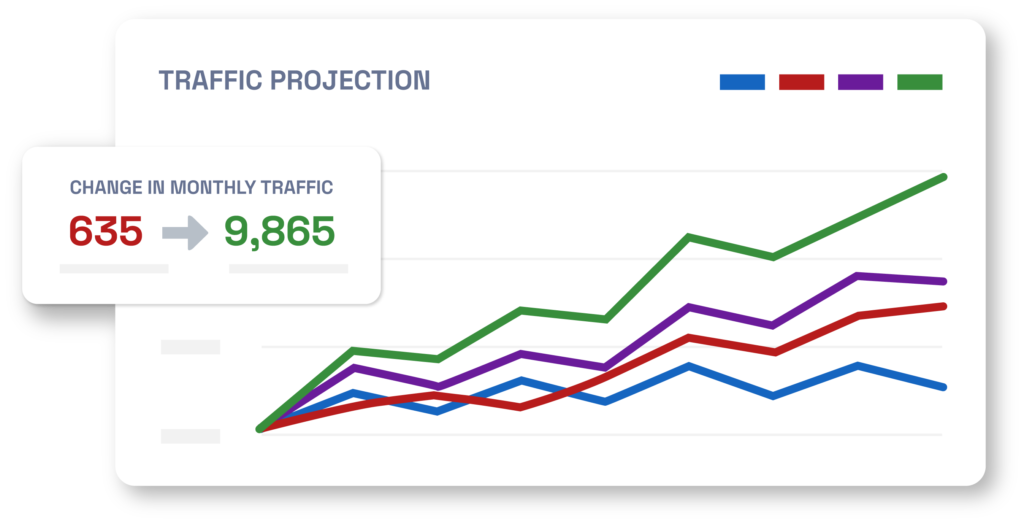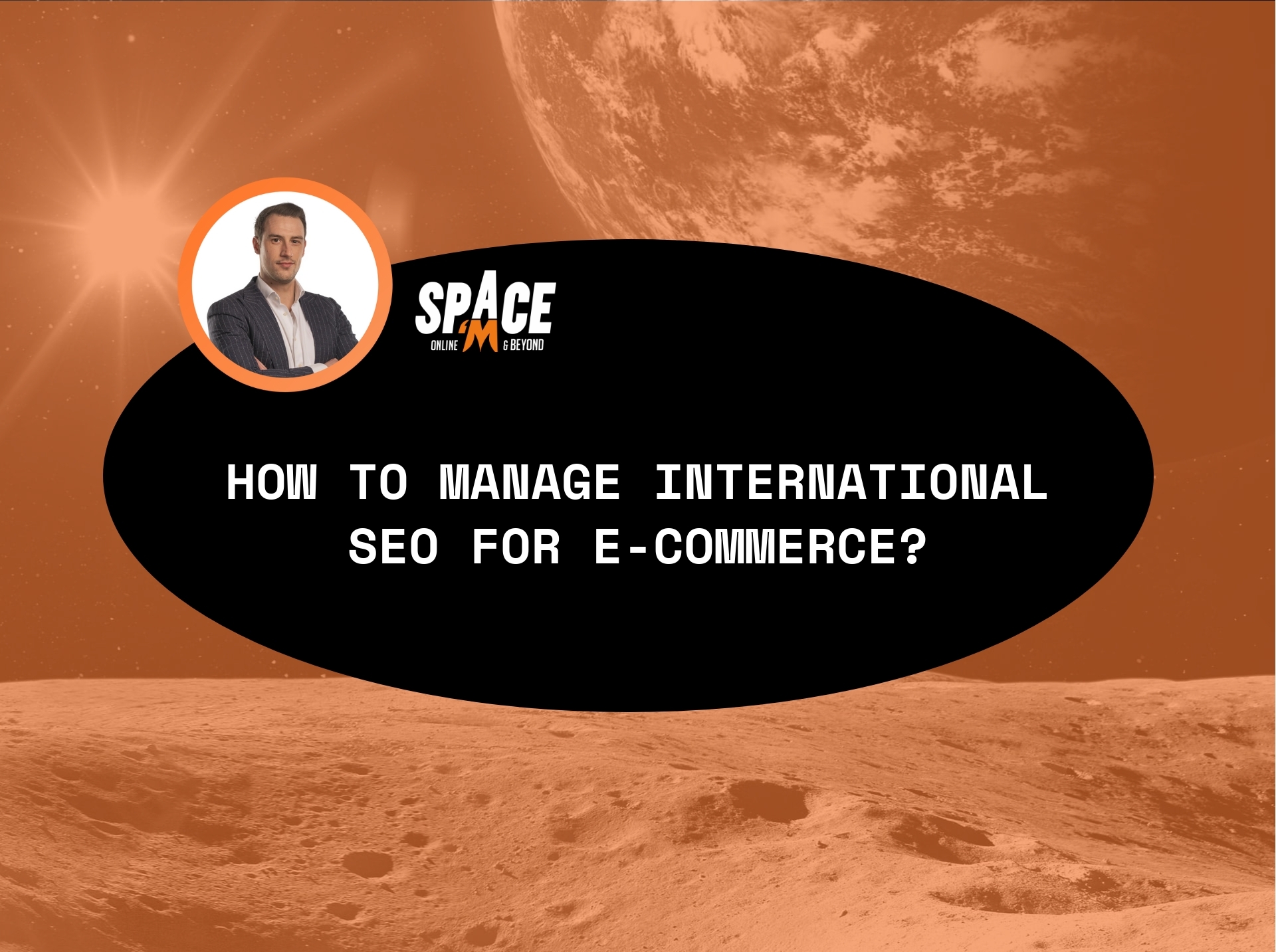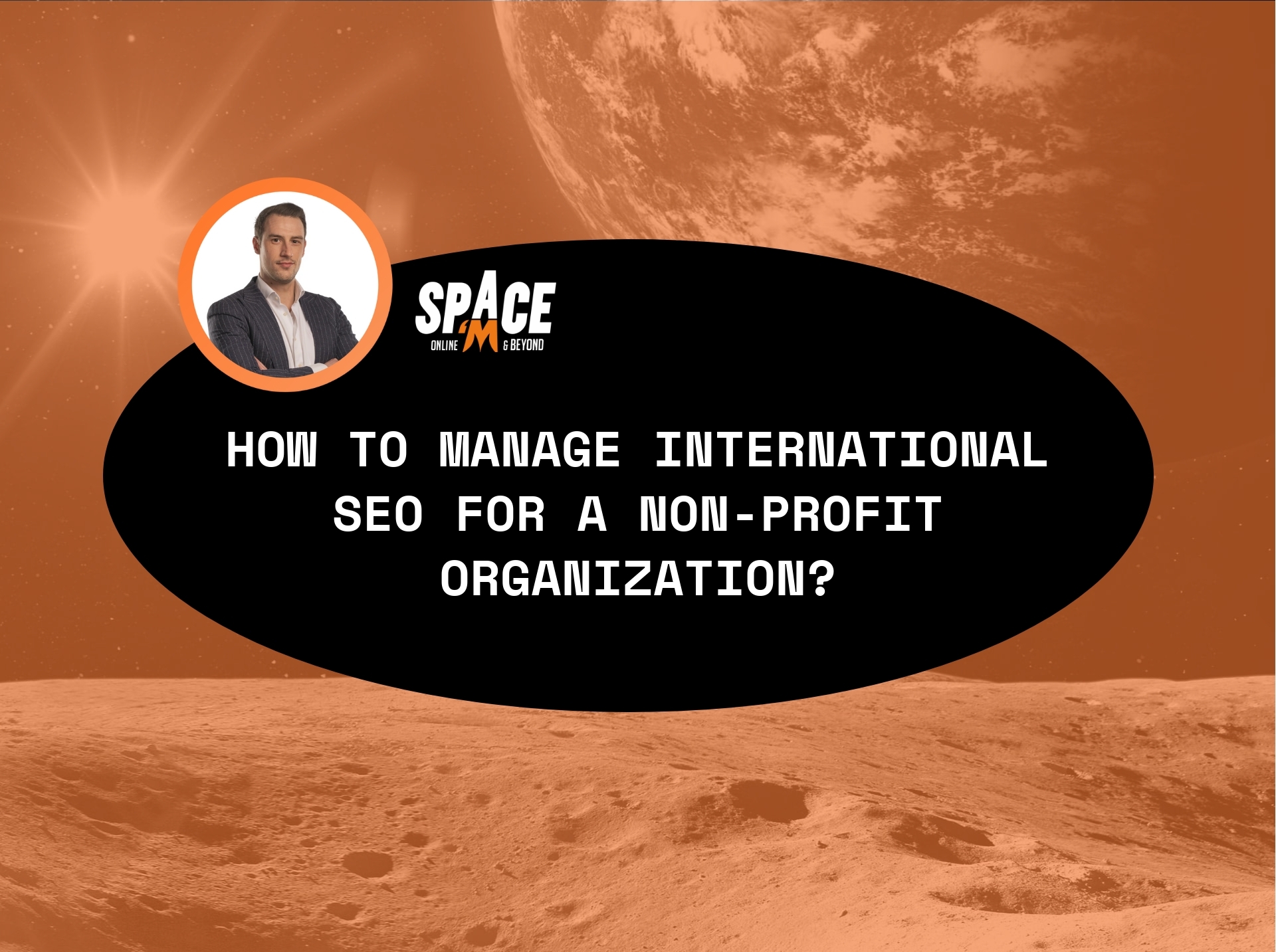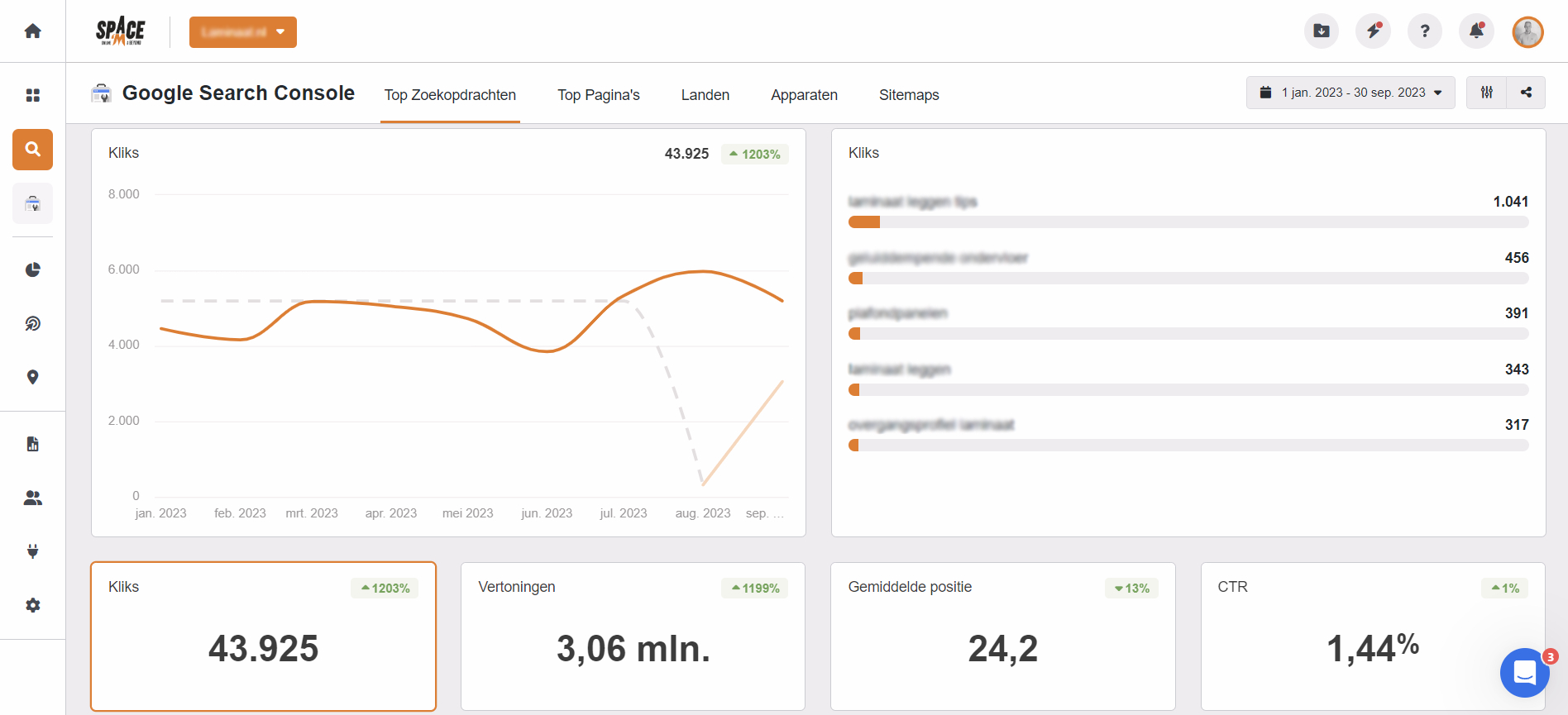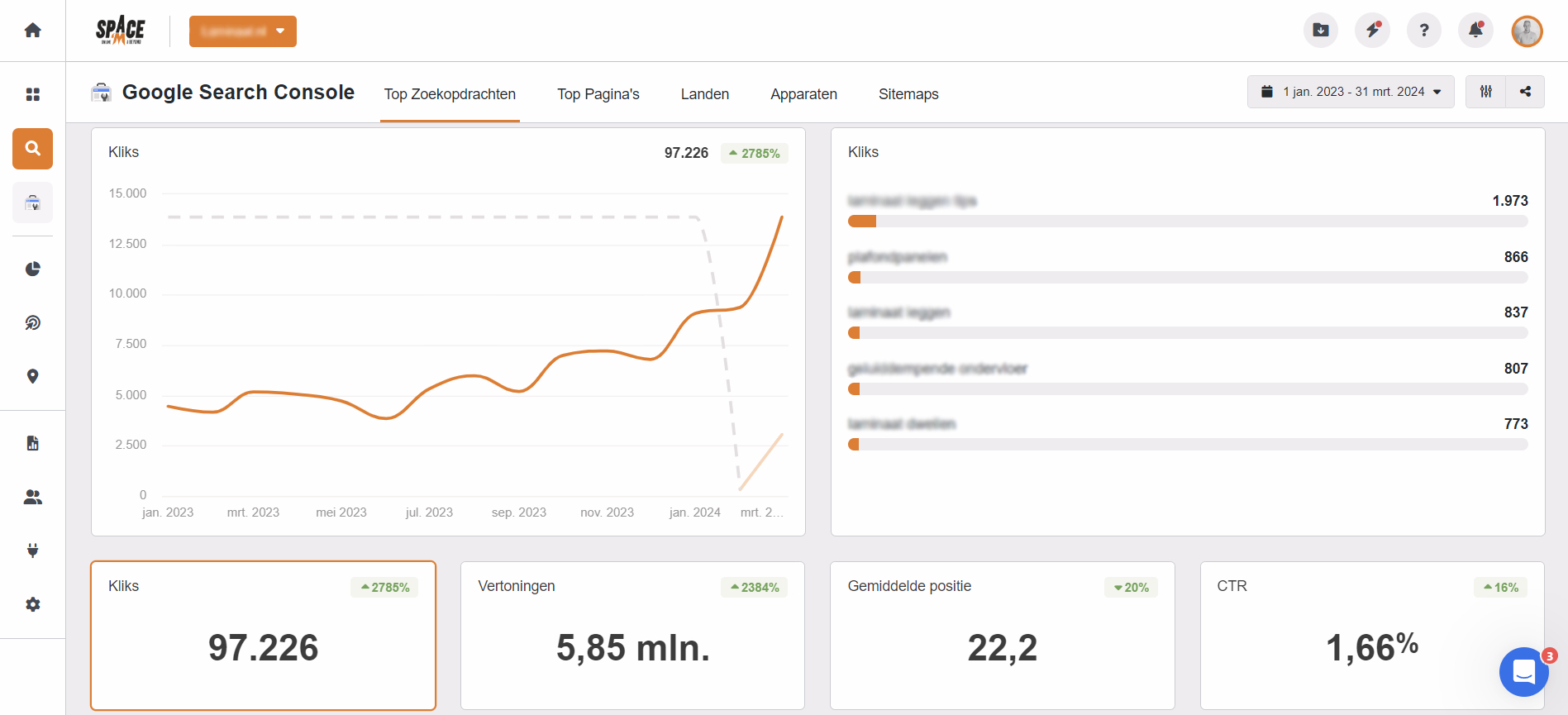Stel je voor: je bedrijf groeit en je staat op het punt de grote sprong naar het internationale toneel te maken. Dit avontuur brengt niet alleen opwindende kansen met zich mee, maar ook uitdagende vraagstukken, vooral op het gebied van je online aanwezigheid.
Een cruciale stap in dit proces is het nadenken over de structuur van je website. De manier waarop je je website opzet, kan immers een grote impact hebben op de zichtbaarheid in zoekmachines over de hele wereld en hoe gemakkelijk gebruikers navigeren en interactie hebben met je content.
Het opzetten van een website structuur die meerdere landen of taalgebieden bedient, is geen kleine opgave. Er zijn namelijk verschillende methoden om dit te doen, elk met hun eigen voor- en nadelen. Een weloverwogen keuze maken is daarom essentieel.
Het belang van een goede sitestructuur voor internationale SEO
De structuur van je website speelt een cruciale rol in hoe zoekmachines, zoals Google, je site begrijpen en waarderen. Een goed gestructureerde website fungeert als een gids voor Google, waardoor het gemakkelijker wordt om de inhoud van je site te indexeren en te rangschikken in zoekresultaten.
Voor meertalige websites is het duidelijk en zorgvuldig structuren van de website nog belangrijker. Dit komt doordat je te maken hebt met verschillende talen en mogelijk verschillende content voor verschillende regio’s, waarvan duidelijk moet zijn op welk land deze zich richt.
Een doordachte sitestructuur voorkomt dat je met je eigen inhoud gaat concurreren op internationale markten. Zonder een duidelijke scheiding tussen regio-specifieke content, kan Google moeite hebben om te bepalen welke versie van je site het meest relevant is voor een bepaalde zoekopdracht. Dit kan resulteren in lagere zoekresultaten en een verminderde zichtbaarheid wereldwijd.
Naast SEO, is de sitestructuur ook van cruciaal belang voor de algehele gebruikerservaring (UX). Een logische en intuïtieve structuur helpt bezoekers om snel de informatie op je site te vinden die ze zoeken, wat leidt tot
Op welke manieren kun je een internationale website structuur opzetten?
Wanneer je jouw website voorbereidt op een internationaal publiek, zijn er verschillende structuurmethoden mogelijk. Elke methode heeft zijn eigen voor- en nadelen en kan verschillende invloeden hebben op je internationale SEO-strategie.
Het is belangrijk om te begrijpen wat de mogelijkheden, invloeden en mogelijke risico’s van elke optie zijn om de beste keuze voor jouw website te kunnen maken. Laten we daarom eens kijken naar de verschillende methodes waarmee je een internationale sitestructuur kunt opzetten.
1. Subfolders met gTLD
Subfolders, ook bekend als subdirectories, bieden een manier om je website te organiseren door verschillende secties onder hetzelfde domein te plaatsen. Deze methode werkt het beste in combinatie met een generiek top-level domein (gTLD), zoals een .com, .net of .org domein.
Je kunt bijvoorbeeld verschillende internationale versies van je site hebben onder één domein, zoals www.voorbeeld.com/nl/ voor Nederland en www.voorbeeld.com/de/ voor Duitsland.
Deze aanpak is vooral effectief als je internationale content wilt centraliseren onder één merkparaplu. Het helpt bij het consolideren van domein autoriteit omdat alle backlinks naar de subfolders bijdragen aan het hoofddomein. Dit maakt het een sterke keuze voor SEO en vergemakkelijkt het beheer van je site, aangezien alles onder één domein wordt gehouden.
Voordelen
- Alle backlinks naar de subfolders dragen bij aan de SEO-kracht van het hoofddomein en daarmee de algehele domein autoriteit.
- Alles bevindt zich op één domein, wat het beheer en onderhoud van de website vereenvoudigt.
- Gebruikers blijven op hetzelfde domein, wat vertrouwen en merkconsistentie bevordert.
Nadelen
- Als de inhoud niet voldoende is gelokaliseerd, kan dit zorgen voor mogelijke verwarring bij het targeten van specifieke landen.
- Zonder zorgvuldige optimalisatie kunnen subfolders concurreren met elkaar voor rankings, vooral als inhoud erg op elkaar lijkt.
2. Subdomeinen met gTLD
Subdomeinen zijn een andere manier om een internationale website structuur op te zetten. In tegenstelling tot subfolders, functioneren subdomeinen als aparte entiteiten onder hetzelfde hoofddomein.
Een voorbeeld hiervan zou zijn nl.voorbeeld.com voor de Nederlandse versie en de.voorbeeld.com voor de Duitse versie van de website.
Deze methode is bijzonder geschikt voor bedrijven die verschillende segmenten van hun website willen scheiden, zoals specifieke content voor elk land of regio, terwijl ze toch een gTLD zoals een .com domein gebruiken.
Subdomeinen kunnen worden gezien als onafhankelijke websites die toch deel uitmaken van hetzelfde grotere merk. Dit kan voordelig zijn voor bedrijven die sterk gedifferentieerde content hebben voor verschillende internationale markten. Bovendien bieden subdomeinen de flexibiliteit om elke sectie van de site te optimaliseren voor specifieke lokale SEO-strategieën.
Voordelen
- Elk subdomein kan worden geoptimaliseerd voor zijn specifieke markt, wat betere lokale SEO-prestaties mogelijk maakt.
- Draagt bij aan het zorgvuldig scheiden van sterk gedifferentieerde internationale content onder één hoofddomein.
- Subdomeinen bieden de mogelijkheid om elk subdomein aan te passen aan de culturele nuances en voorkeuren van elke doelmarkt.
Nadelen
- Elk subdomein moet zijn eigen domein autoriteit opbouwen, wat kan leiden tot versnippering van SEO-inspanningen.
- Het beheren van meerdere subdomeinen kan complexer zijn en meer tijd en middelen vereisen, omdat elk subdomein op een eigen CMS draait.
- Als de subdomeinen te verschillend zijn, kan dit leiden tot een gebrek aan consistentie in het merkbeeld en mogelijk leiden tot merkverwarring.
3. Land-specifieke domeinen (ccTLDs)
Land-specifieke domeinen, bekend als ccTLDs (country code Top-Level Domains), zijn een krachtige methode voor het opzetten van een internationale sitestructuur. Deze domeinen zijn specifiek voor een land of regio, zoals voorbeeld.nl voor Nederland en voorbeeld.de voor Duitsland.
Het gebruik van ccTLDs stuurt een sterk signaal naar zowel gebruikers als zoekmachines over de geografische targeting van een website, wat kan resulteren in een verbeterde lokale zoekmachine optimalisatie (SEO).
Door voor elke doelmarkt een apart ccTLD te gebruiken, kun je jouw website specifiek afstemmen op elke regio of land, zowel qua inhoud als qua gebruikerservaring. Dit kan bijzonder effectief zijn voor bedrijven die een sterke lokale aanwezigheid en merkherkenning willen opbouwen.
Voordelen
- ccTLDs worden door zoekmachines gezien als een sterk signaal voor geografische relevantie, wat kan helpen bij het verbeteren van rankings in lokale zoekresultaten.
- Gebruikers zien ccTLDs vaak als een teken dat een bedrijf een legitieme en toegewijde aanwezigheid in hun land heeft, wat kan leiden tot een verhoogd gebruikersvertrouwen.
- Land-specifieke domeinen bieden de mogelijkheid om elke website volledig aan te passen aan de lokale markt, inclusief taal, inhoud en gebruikerservaring.
Nadelen
- Het registreren en onderhouden van meerdere ccTLDs kan duur en tijdrovend zijn.
- Net als bij subdomeinen, moet elke ccTLD zijn eigen domein autoriteit opbouwen, wat de SEO-inspanningen kan versnipperen.
- Het uitbreiden naar nieuwe markten kan extra uitdagingen met zich meebrengen, zoals de noodzaak voor nieuwe domeinregistraties en de ontwikkeling van geheel nieuwe sites.
Verschillen tussen subfolders, subdomeinen en ccTLDs
Het opzetten van een internationale website structuur vereist een strategische benadering om te zorgen voor optimale SEO-prestaties en gebruikerservaring. Subfolders, subdomeinen en ccTLDs bieden verschillende methoden met elk hun eigen impact op domein autoriteit, gebruikerservaring (UX) en zoekmachine optimalisatie (SEO).
Subfolders, die als onderdeel van het hoofddomein functioneren, zijn vooral gunstig voor het behouden van de domein autoriteit. Alle backlinks die naar de subfolders wijzen, versterken direct de autoriteit van het hoofddomein, wat een positieve impact heeft op SEO. Deze methode biedt ook een uniforme gebruikerservaring, doordat bezoekers binnen hetzelfde domein navigeren, wat bijdraagt aan een consistent merkbeeld en vertrouwen bij de gebruiker.
Subdomeinen worden door zoekmachines, zoals Google, gezien als afzonderlijke entiteiten. Dit betekent dat elk subdomein zijn eigen domein autoriteit moet opbouwen, wat een versnippering van SEO-inspanningen kan veroorzaken. Hoewel dit meer werk met zich meebrengt, biedt het ook kansen voor gerichte optimalisatie en aanpassing aan specifieke markten, wat kan resulteren in een verbeterde lokale SEO-prestatie.
Country code top-level domains (ccTLDs) bieden de sterkste signalen voor geografische relevantie aan zowel zoekmachines als gebruikers. Ze vereisen de opbouw van domein autoriteit voor elk afzonderlijk domein, wat een aanzienlijke inspanning en investering kan betekenen. Echter, de beloning ligt in de verbeterde zichtbaarheid en ranking in lokale zoekresultaten.
In essentie hangt de keuze voor subfolders, subdomeinen of ccTLDs af van de specifieke doelen en middelen van een bedrijf. Een bedrijf dat streeft naar een sterke, geconsolideerde domeinautoriteit en een uniforme gebruikerservaring kan de voorkeur geven aan subfolders.
Bedrijven die op zoek zijn naar flexibiliteit en lokale optimalisatie kunnen beter kiezen voor subdomeinen of ccTLDs. Dit is echter afhankelijk van hun bereidheid om te investeren in de opbouw van meerdere domein autoriteiten en een op maat gemaakte gebruikerservaring voor elk land.
Aandachtspunten voor een internationale websitestructuur
Bij het uitbreiden van je website naar andere landen zijn er naast de keuze voor een bepaalde structuur ook andere belangrijke aspecten waar rekening mee gehouden moet worden. Deze factoren zijn essentieel om ervoor te zorgen dat je website niet alleen goed gestructureerd is, maar ook geoptimaliseerd voor zoekmachines en gebruiksvriendelijk is voor je internationale publiek.
Enkele van deze aandachtspunten omvatten het kiezen voor een generiek Top Level Domein (gTLD), het correct gebruik van hreflang tags, en het instellen van de juiste canonical tags voor vertaalde pagina’s. Deze elementen spelen een cruciale rol in hoe effectief je website communiceert met zoekmachines en gebruikers uit verschillende regio’s en talen.
Kies voor een generiek Top Level Domein (gTLD)
Het kiezen voor een generiek Top Level Domein (gTLD), zoals .com of .org, is een strategische beslissing voor bedrijven met internationale ambities. Een gTLD biedt een universele herkenbaarheid en kan de basis vormen voor een wereldwijde merkidentiteit.
In tegenstelling tot land-specifieke domeinen (ccTLDs) die beperkt zijn tot specifieke geografische locaties, kunnen gTLDs wereldwijd worden ingezet zonder beperkingen. Dit maakt ze een ideale keuze voor bedrijven die van plan zijn om hun bereik uit te breiden naar meerdere landen.
Door vanaf het begin te kiezen voor een gTLD te kiezen, voorkom je bovendien potentiële complicaties en kosten die gepaard gaan met het later migreren van je site naar een .com domein. Denk hier dus goed over na voordat je besluit een website op te richten.
Maak gebruik van hreflang tags
Het correct implementeren van hreflang tags is essentieel voor meertalige of internationale websites. Deze tags helpen zoekmachines te begrijpen dat er verschillende taal- of regionale versies van een pagina bestaan, waardoor ze de juiste versie van de pagina kunnen presenteren aan gebruikers in verschillende landen.
Een hreflang tag ziet er bijvoorbeeld als volgt uit: <link rel=”alternate” href=”http://www.voorbeeld.com/nl” hreflang=”nl-nl” /> en wordt geplaatst in de <head> sectie van de HTML van een pagina.
Door nauwkeurig gebruik van hreflang tags, verbeter je niet alleen de gebruikerservaring door bezoekers naar de meest relevante content te leiden, maar ondersteun je ook je SEO-inspanningen door duplicate content issues te voorkomen.
Stel de juiste canonicals in
Naast hreflang tags is het ook belangrijk om de juiste canonical tags in te stellen. Deze tags geven zoekmachines aan welke versie van een pagina de voorkeursversie is om te indexeren, wat vooral belangrijk is bij het beheren van vergelijkbare of duplicate content over meerdere taalversies of regio’s.
Een canonical tag ziet er zo uit: <link rel=”canonical” href=”http://www.voorbeeld.com” /> en wordt eveneens geplaatst in de <head> sectie van de HTML van een webpagina. Door correcte canonical tags te gebruiken, help je zoekmachines te begrijpen welke content ze moeten prioriteren, wat bijdraagt aan een schonere en meer gefocuste indexatie.
Conclusie: wat is de beste sitestuctuur voor internationale SEO?
Het opzetten van een effectieve internationale sitestructuur is een complexe uitdaging die een zorgvuldige afweging van verschillende factoren vereist. Zoals we hebben gezien, bieden subfolders, subdomeinen en ccTLDs elk unieke voordelen en beperkingen die van invloed zijn op domein autoriteit, gebruikerservaring (UX), en zoekmachineoptimalisatie (SEO).
De “beste” structuur hangt af van de specifieke doelen, middelen en markten van je bedrijf. Subfolders zijn ideaal voor bedrijven die hun domein autoriteit willen consolideren en een uniforme gebruikerservaring willen bieden onder één hoofddomein.
Subdomeinen bieden daarentegen meer flexibiliteit en zijn geschikt voor bedrijven die hun aanbod willen aanpassen aan verschillende markten met aanzienlijke verschillen in content.
Op hun beurt zijn ccTLDs weer de beste keuze voor bedrijven die zich willen richten op het opbouwen van een sterke lokale aanwezigheid en de voorkeur geven aan het maximaliseren van hun SEO in specifieke geografische locaties.
Ongeacht de gekozen structuur, is het essentieel om een consistente en doordachte aanpak te hanteren bij het beheren van je internationale website. Dit omvat het zorgvuldig plannen van een strategie, het nauwkeurig implementeren van hreflang en canonical tags, en het bieden van een rijke, cultureel relevante gebruikerservaring aan je internationale publiek.
Door deze best practices te volgen, kun je de zichtbaarheid van je website in internationale zoekmachines verbeteren, de betrokkenheid van gebruikers verhogen en uiteindelijk je wereldwijde bereik en succes vergroten.
Afsluitend, er is geen one-size-fits-all antwoord op de vraag welke sitestructuur het beste is voor internationale SEO. De beslissing moet worden gebaseerd op een grondige analyse van je bedrijfsbehoeften, doelmarkten en de specifieke uitdagingen en kansen die elke markt biedt. Met de juiste internationale SEO-strategie en implementatie kan elke structuur worden geoptimaliseerd om je internationale groeidoelstellingen te ondersteunen.

